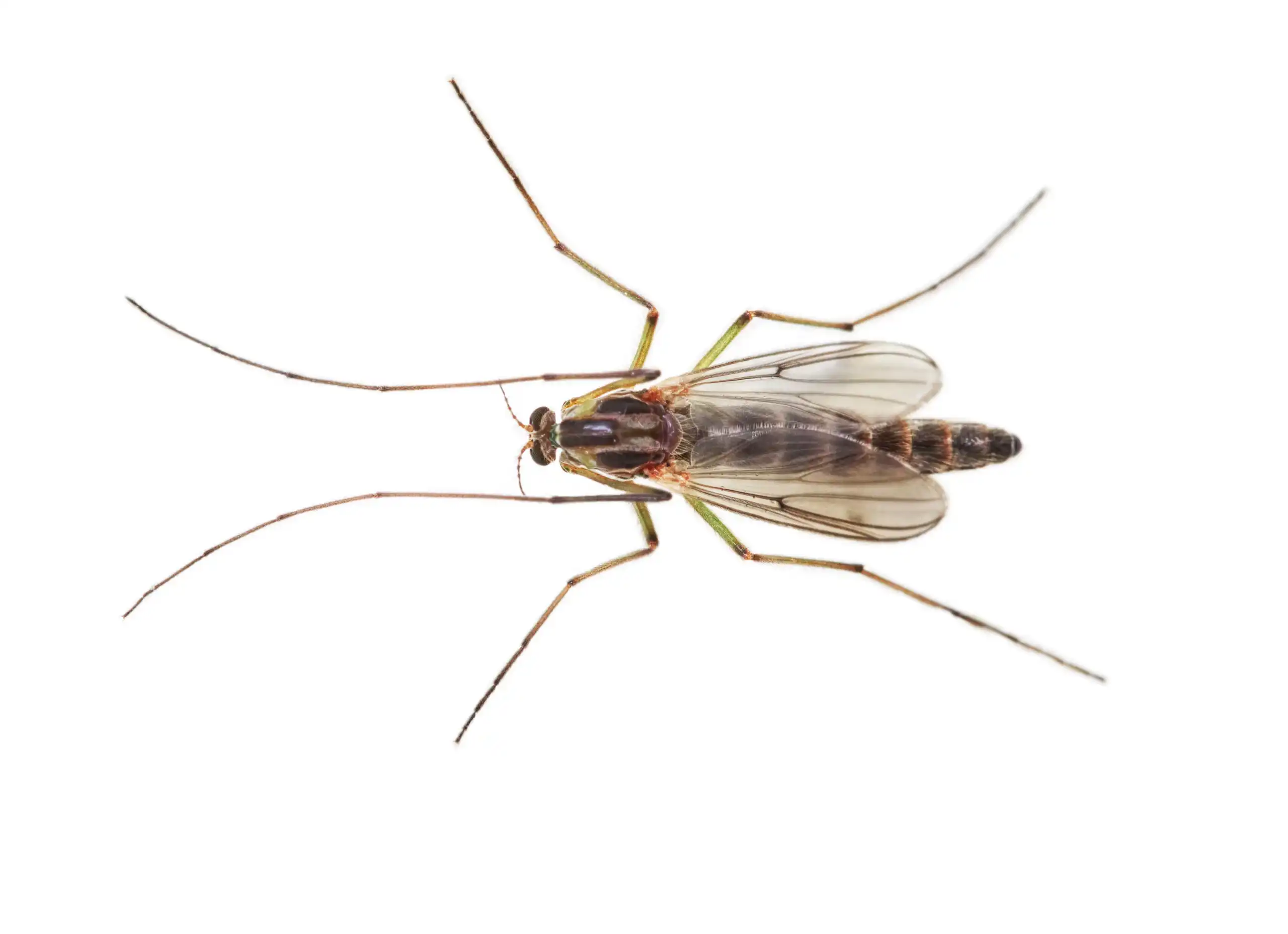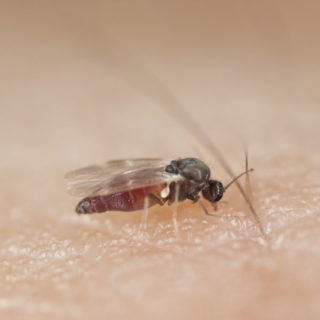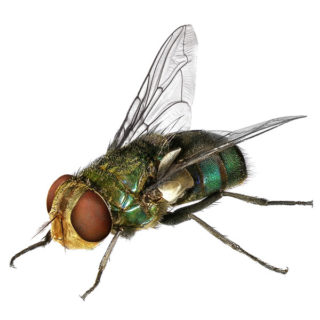No-See-Ums in Long Island
No-see-ums and biting midges are a significant human pest and are found throughout the United States, primarily in coastal areas and farming operations. These small blood-sucking gnats are known to feed on warm-blooded vertebrates and are often confused with black flies because of their similar bites. Female midges are the ones who bite, needing the protein from blood to begin producing eggs. Biting midges will attack any kind of mammals such as birds, reptiles, amphibians, and livestock. Their bite is out of proportion to their size, and the Native Americans in Maine very appropriately designated these tormentors as “no-see-ums”.
No-See-Um Habitat
The natural habitats of no-see-ums and biting midges vary by species. These flies breed in coastal salt marshes, mud-caked flatlands, freshwater areas, and damp holes in trees. Breeding places are often in densely shaded areas at the edge of grass marshes. Their favorite locations are near decaying leaves that are protected from the heat of the sun. Adult midges prefer to lay their eggs in wet organic matter, such as mud around settling ponds on livestock operations, decaying leaf litter, manure, and other vegetation.
No-See-Um Behaviors, Threats, or Dangers
Biting midges and no-see-ums are extremely annoying, but none are known to transmit diseases to humans in the United States. A common observation upon experiencing a bite from this insect is that something is biting, but the person suffering cannot see what it is. While their bites can cause welts and intense itching, these small insects can also transmit diseases to animals. They have a much greater impact on non-humans, both as biting pests and vectors of disease agents. In North America, the most important disease agent transmitted by biting midges is the bluetongue virus, which causes serious diseases in sheep and cattle. Contact your local fly technician for assistance with no-see-ums or midges.
Need help with No-See-Um | Midge (Biting) control?

Leave your information below and we’ll be in touch with a FREE quote!
"*" indicates required fields
*During normal business hours. After hours calls will be returned the next business day.






